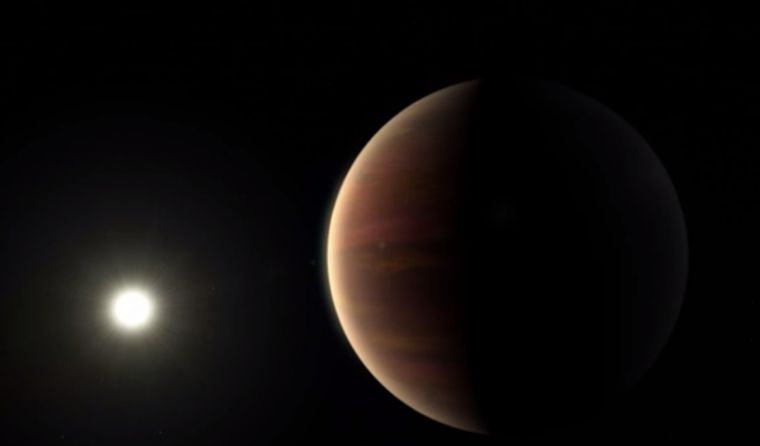Search for another Earth gets a boost as Jupiter's twin found circling sun-like star

We all know that human beings can have twin brothers or sisters, but did you know that planets can have twins, too?
A team of space scientists recently discovered a planet that can be considered the twin of the gas giant, Jupiter.
This newly discovered planet has a mass and occupies an orbit very similar to Jupiter.
To be able to discover Jupiter's twin, scientists used the High Accuracy Radial Velocity Planet Searcher (Harps), one of the world's most precise planet-hunting instruments, at the La Silla Observatory in Chile.
What is even more striking is the fact that Jupiter's twin planet was found by astronomers to be circling a star HIP 11915, which is very similar to the sun.
This solar twin appears to have the same mass and even the same age as our sun.
The discovery of Jupiter's doppelganger near HIP 11915 has very interesting implications to space study.
"The quest for an Earth 2.0 and a complete solar system 2.0 is one of the most exciting endeavours in astronomy. We are thrilled to be part of this cutting-edge research," said space scientist Jorge Melendez from the Universidade de Sao Paulo in Brazil, who led the research about Jupiter's twin.
Melendez explained that the discovery of a planet very similar to Jupiter opens up the possibility of discovering a planet also very similar to Earth, which also means that researchers may be a step closer to finding another planetary oasis.
The discovery of Jupiter's twin also furthers the idea that planetary systems similar to our solar system may be very common in outer space.
"After two decades of hunting for exoplanets, we are finally beginning to see long-period gas giant planets similar to those in our own solar system... This discovery is a sign that other solar systems may be out there waiting to be discovered," Megan Bedell from University of Chicago explained.











